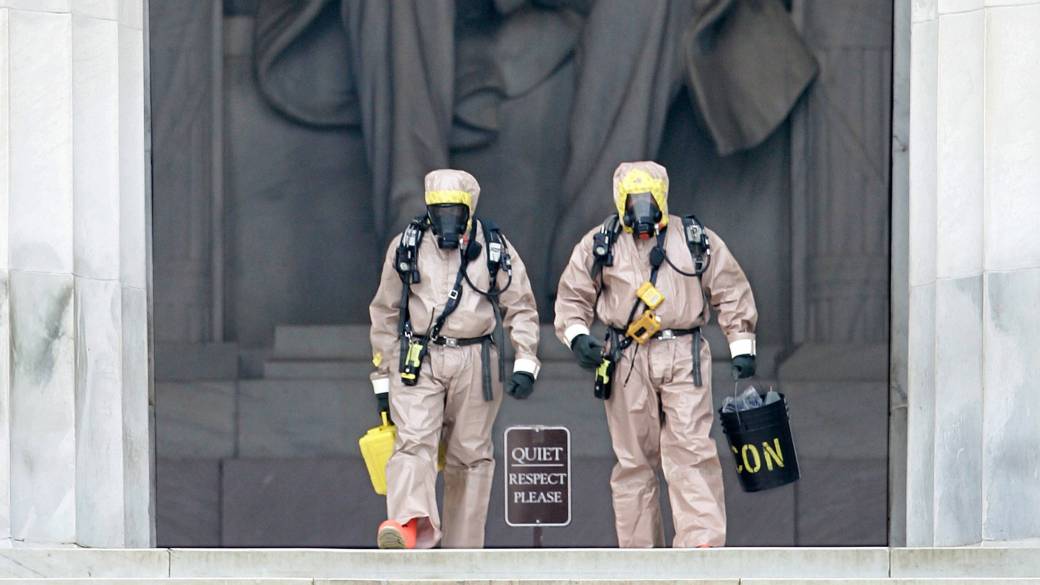CSIS Report: Rigid Structures, Evolving Threat – Preventing the Proliferation and Use of Chemical Weapons

Chemical weapons are back. Today, old actors are employing new forms of chemical weapons, and new CW states are employing them in new ways. Meanwhile crude forms of chemical weapons have fallen within the reach of non-state actors. The willingness of some state and non-state actors to use or acquire CW appears to have increased, and the potential for state or non-state actors to field CW capabilities is growing rapidly. Unless the international nonproliferation regime can adapt to address the threat of CW, these concerning trends will almost certainly intensify in the foreseeable future as proliferation networks and emerging technologies with CW implications mature. This study examines the evolving and changing nature of CW and how the system of restraint—comprised of norms, taboos, deterrence, and denial of benefit—must adapt to ensure that the proliferation and use of CW do not reemerge as endemic features of the global security landscape. This study provides a framework for structuring the problem, identifies gaps and challenges, and puts forward options for improving global efforts to prevent the proliferation and use of these weapons.
The Evolving CW Landscape
By 2010, the establishment and entry into force of the Chemical Weapons Convention (CWC), the declaration and elimination of most known CW programs, including those of Iraq and Libya, and a sustained period of nonuse of CW had driven concern about CW to a few esoteric corners. In the years following the CWC’s entry into force in 1997, the use of such weapons all but disappeared. At the same time, chemical weapons also remained largely beyond the skills and interests of non-state actors, and the improvised chlorine devices used on occasion by insurgents in Iraq were deemed more nuisance than threat. Even as late as 2012, some analysts considered emerging CW use in the Syrian Civil War to be a post-CWC historical anomaly and remained skeptical of the continued relevance of chemical weapons as tools of state warfare, especially in light of further CW disarmament progress by Iraq and Libya. As the number of CW states steadily declined, the CWC was seen as being in the final technical stage of implementation, and some countries began questioning the sustainability of the Organization for the Prohibition of Chemical Weapons (OPCW), the implementing body of the treaty. It appeared that chemical weapons had been successfully managed and controlled through a robust international system of treaties, laws, and cooperative arrangements that led to a near universal disarmament of this class of weapon.





